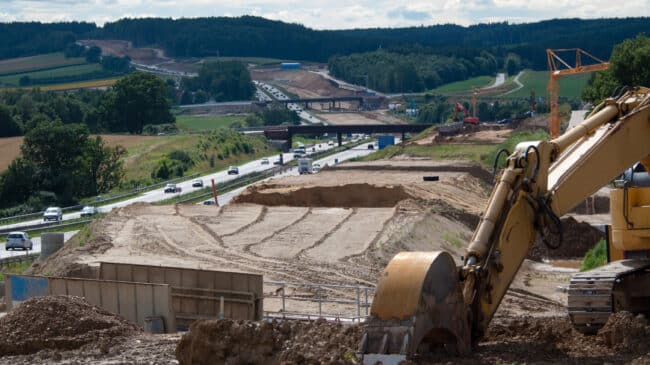The COVID-19 pandemic introduced an unprecedented amount of uncertainty into transportation infrastructure planning. Travel fell significantly across all modes and remains depressed, particularly for shared transportation modes such as commercial air travel and mass transit. Changes in travel behavior may persist long after the coronavirus pandemic finally ends, particularly for commuting trips given that a large share of employees may continue working from home. Given this uncertainty, investments in new infrastructure meant to provide service for decades into the future are incredibly risky. As Congress considers surface transportation reauthorization in this low-confidence era, it should adopt a preference for the lowest-risk class of projects: maintaining and modernizing existing infrastructure under a “fix it first” strategy.
COVID-19 led to dramatic changes in travel behavior. By April 2020, when much of the country was under stay-at-home orders, road traffic fell 40%, mass transit ridership fell 95%, and air travel fell by 96%. Since then, road travel has largely recovered, with vehicle-miles traveled back to within 10% of the pre-pandemic baseline.
However, travel by shared transportation modes, such as commercial aviation and mass transit, was still down by approximately two-thirds year-over-year by the end of 2020, according to data collected by the Bureau of Transportation Statistics.
Travel is expected to continue its rebound as the number of people vaccinated grows and the pandemic wanes, but changes in travel behavior driven by factors such as the rise of remote work are likely to persist. To what degree pandemic-spurred changes in travel demand are permanent is unknown at this time, and this uncertainty has rendered pre-pandemic infrastructure planning and investment models nearly useless as accurate guides to the future.
While the drop in transportation demand and the fixed nature of transportation infrastructure supply has significantly reduced the productivity of existing transportation infrastructure, some are calling for large new investments by claiming that the nation’s infrastructure networks are crumbling. However, a review of the available evidence suggests a different and more complicated picture of infrastructure asset quality.
For example, Reason Foundation’s most recent Annual Highway Report found, “Of the Annual Highway Report’s nine categories focused on performance, including structurally deficient bridges and traffic congestion, the country made incremental progress in seven of them.”
Similarly, a June 2020 National Bureau of Economic Research (NBER) working paper on transportation infrastructure concluded, “Not only is this infrastructure, for the most part, not deteriorating, much of it is in good condition or improving.”
However, Reason’s Annual Highway Report shows large variation across states and the NBER analysis is limited in that it fails to account for transit infrastructure beyond rolling stock. Rail guideway assets such as tracks and signals have deteriorated in many cities. To be sure, there are sizeable transportation infrastructure needs in the United States. Reconstructing the Interstate Highway System alone has been estimated by the National Academy of Sciences to cost at least $1 trillion over two decades and mass transit’s maintenance backlog likely exceeds $100 billion.
Given all we know about existing transportation infrastructure needs and the uncertainty surrounding future travel activity, Congress should adopt a risk-minimizing “fix it first” strategy to restore our existing transportation assets to a durable state of good repair. This approach has been endorsed by organizations and think tanks across the political spectrum, from the progressive Transportation for America to the free market Competitive Enterprise Institute.
Building new infrastructure that will last three to five decades based on pre-pandemic travel modeling is fundamentally imprudent at this time. Physical capacity expansions such as highway widening and new rail lines should at the very least face heightened scrutiny from policymakers until there is more confidence in post-pandemic travel behavior that can be used in transportation infrastructure planning and investment decisions.

